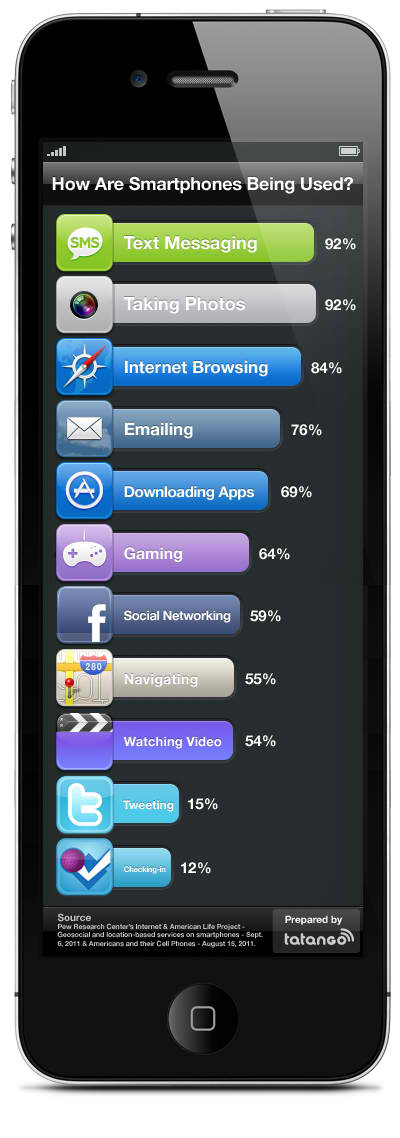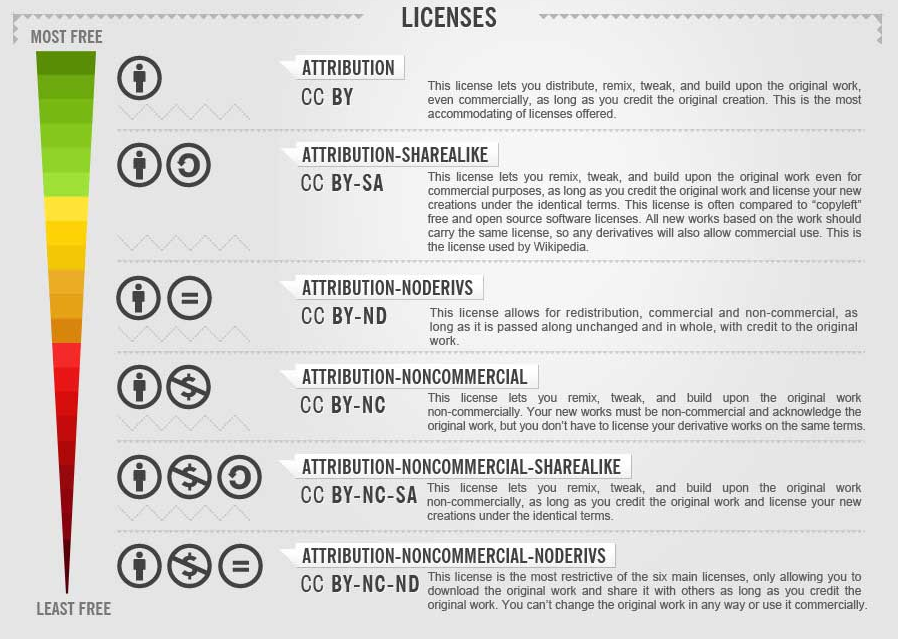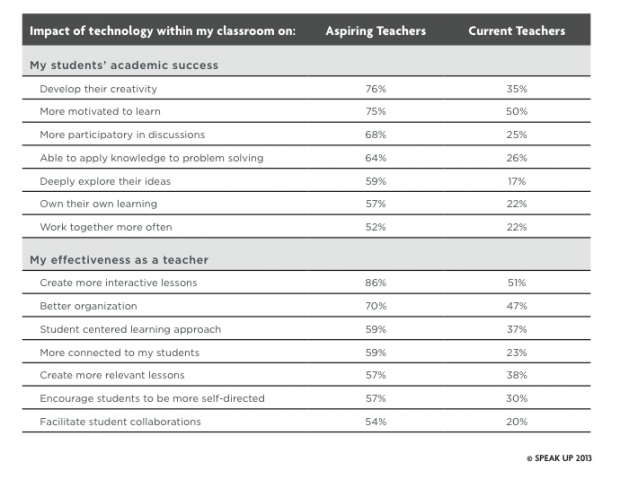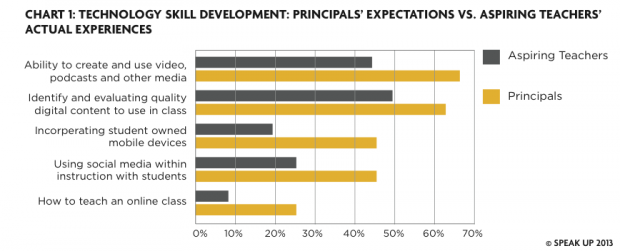This is a great article by a great leader who understands what needs to be done for our students, teachers and parents and is actually not afraid to do it!!
via eSchool News
Hesitation on administrators’ part is often cited as a top barrier to incorporating more social media tools in classrooms. But with a carefully crafted social media policy, educators and administrators can learn to use social media tools effectively with students.
Advocates of social media in the classroom say that, when used properly, social media tools can boost student engagement, link students to content experts and real-world examples of classroom lessons, and help them establish an online body of work.
“I think we need to rethink the way we’re doing education,” said Patrick Larkin, assistant superintendent for learning for Burlington Public Schools in Massachusetts. (For more on the district’s technology efforts, read abouteSN’s 10th annual Tech-Savvy Superintendent Awards. Burlington Superintendent Eric Conti was one of the 10 winners.)
Larkin said that social media tools can help students develop proficiency with technology; learn to create, critique, analyze, and evaluate multimedia text; and manage, analyze, and synthesize multiple streams of information.
School leaders “have to get teachers comfortable with it first, before students will learn how to do it responsibly and effectively,” Larkin cautioned, adding that educators often have to learn and develop comfort levels with social media policy and new concepts associated with social media tools.
Shortly after Conti assumed the superintendency in Burlington, he expanded the district’s technology experimentation and social media policy, which Larkin said was very restrictive prior to Conti’s arrival.
“It has to start with the leaders in the schools embracing [social media] and modeling it, not just talking about it, and that trickles to the teachers, because eventually we want it to end up in the classroom,” Larkin said.
Along with its expanded social media policy, the district embraced Project 365, a popular concept in which schools post daily blog entries featuring a student, educator, parent, or other school-related idea or news.
Incorporating social media tools into classroom instruction has helped the district expand its reach and educational abilities, Larkin said.
“To be able to know where to find people and connect is one of the most important things we can teach our students to do,” he said. “If we can find out how the world is ticking and how things are changing from [using] social media tools outside of schools, I think it’s past time that we started embracing this tradition in our classrooms.”
He added: “Whether we are embracing these tools in our classrooms or not, most likely, your students are using Twitter.”
Larkin has many student followers on Twitter and follows those who follow him. He locked his account so that fellow Twitter users could not view the students’ accounts.
Advocates of social media in the classroom say that, when used properly, social media tools can boost student engagement, link students to content experts and real-world examples of classroom lessons, and help them establish an online body of work.
Twitter’s emergence gave the district the chance to impart a valuable lesson to students.
“We know that colleges are Google-searching our kids; we’re heard it first-hand from admissions officers,” Larkin said.
Larkin took actual Tweets that used foul language from students, made the users anonymous, and presented the tweets to students and asked them what they would think if those tweets popped up during a college admissions officer’s search.
Students were shocked to see how easily that information appeared online, he said, adding that many students didn’t know that unless they made their Twitter accounts private, anyone could view their Tweets—even if that person did not follow them on Twitter.
“If we’re not having these conversations in our schools and as a community, I think you’re doing your kids a disservice—and the parents; parents need help, too,” he said.
And students need more than rules on what not to do, Larkin said.
“If the only thing we’re saying is, ‘Don’t do something wrong,’… Our goal should be to not have empty Google searches when someone does a search of our students, but that they find amazing work when they do those Google searches,” he said.
Students and teachers in the district are working to make sure that examples of student projects, research, and extracurricular activities appear online.
Too often, school social media use only appears in the news when it concerns something bad, Larkin said, and his district strives to spread the word about students’ responsible and positive social networking.
“The fact that we’re able to share good news—that’s what our goal is; to share what students are doing and what teachers are doing,” he said.
“I think we really have to focus on the ability that our students have to be creators,” Larkin added. “Social media is the way to get that out.”
Opening up lines of communication via Twitter, Facebook, and other social networking tools also helps students check on their peers’ safety. In one case, a student saw something alarming on a friend’s Facebook page and reached out to Larkin because he was worried. The student in question was safe.
“He reached out to me because he could—we’re connected, which is great. The times I’ve been contacted, it’s been when people needed to contact me,” Larkin said.
“The positive examples don’t get the play in the news media,” he said. “But our job in our schools is to show that these things are used responsibly and well, routinely, and that’s been the case for us.”
Schools can follow a few basic guidelines for using social networking in class, and they can add to or customize the rules according to their unique needs:
- Run parent technology nights to help parents learn about different social networking resources and learn how to use them.
- Be aware of acceptable use policies and guidelines regarding personal vs. professional accounts and use.
- Keep in mind the purpose for using the social media tool.
Teachers often create Twitter hashtags specific to class projects or initiatives so that students can collaborate, discuss the subject matter anytime they wish, and then locate all tweets that include that specific hashtag.
“[Teachers have] access to tools, but we still ask teachers to think about their goals and objectives,” Larkin said. “A crappy lesson with an iPad is very similar to a crappy lesson without an iPad.”
The district’s ultimate goal is to be a BYOD school, and grades 6-8 one-to-one implementation begins in February after an initial implementation at the high school level.
BYOD plans will progress, but initially, Larkin said that district leaders “didn’t feel that the adults were ready to have a bunch of kids with different devices and platforms.”
In addition to iPads and Twitter, the district uses NetTexts for eBooks, Edmodo, Twitucate, EverNote, and Notability.
“Make sure administrators support you first; make sure parents know what is coming, and pay attention to age specifications on sites,” Larkin said.









